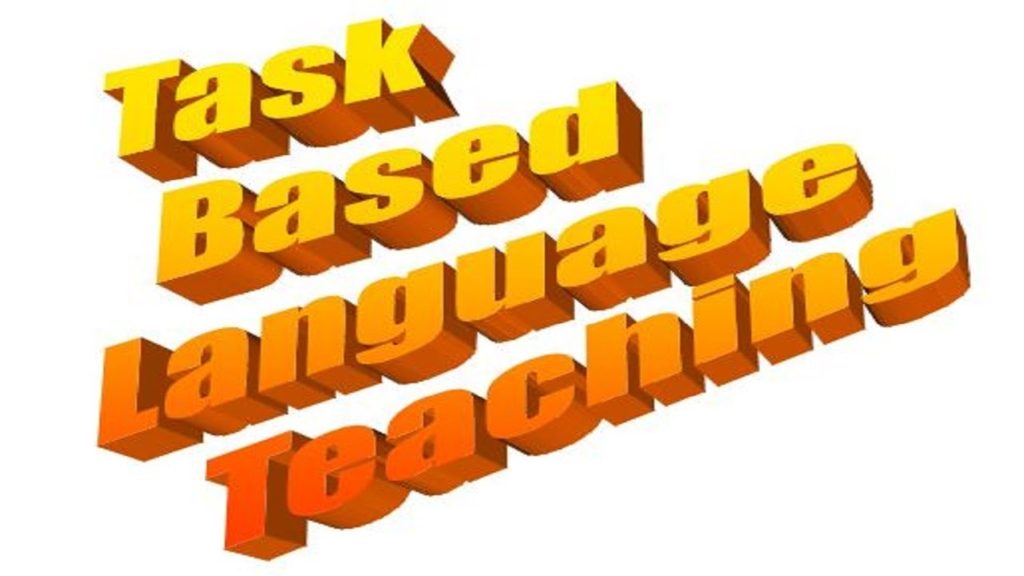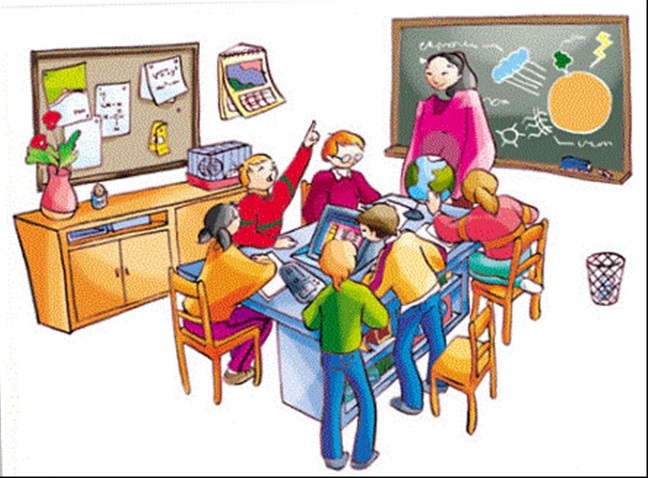Just What Is “Communicative” Teaching?
Written by Dr. David E. Shaffer
If you are a teacher of English as a foreign language (EFL) in Korea, you have probably been asked, “What teaching method do you use?” I know that in my curiosity I have asked this, and it is not uncommon to get the response, “My teaching is communicative,” leaving me with a vague question mark. By “communicative,” are they referring to an EFL teaching method? With such responses, I generally assume that what was meant was that they focus on teaching English speaking skills in their classes, but it leaves me wondering about their grasp of the range of communicative EFL teaching methods that are out there. So, here we will briefly discuss a number of teaching methods that fall under the umbrella term of “communicative,” pointing out the main focus of each.
SITUATIONAL LANGUAGE TEACHING
The seeds of Situational Language Teaching began to sprout a century ago in Europe, where a closer connection between language and life situations was being recognized. Language became viewed as more context-dependent: To understand the meaning of a word or utterance, the realization was that one needed to understand the situation in which it was uttered. For teaching, the syllabus of the 1960–70s was based on a series of everyday situations. For learning, the induction method was employed: The learner needed to figure out the meaning of the grammar and vocabulary from a text or dialogue usually presented orally. The method emphasized accuracy in production and lessons had a fixed format.

COMMUNICATIVE LANGUAGE TEACHING
Also in the 1960s, skills in “communication” were deemed just as essential in English as a second language as in one’s first language. The concept of “communicative competence” was put forth: knowing what to say, when to say it, and how to say it. Communicative Language Teaching (CLT) placed more emphasis on fluency and less on accuracy (i.e., grammar), and an emphasis on communicative interaction in the classroom. The original “strong” version of CLT adhered to the claim that language was acquired through communication and therefore removed the teaching of grammar from the syllabus. In the “weak” version, however, while the emphasis was placed on providing learners with opportunities for interaction, there was room for some grammar instruction in the syllabus. With an emphasis on fluency, CLT seemed better suited for native English-speaking teachers, and an absence or near absence of grammar from instruction seemed to ignore an integral component of language.

TASK-BASED LANGUAGE TEACHING
Another reaction to the emphasis on grammar in the language learning classroom, this one occurring in the late 1970s, was the idea that a second language would be better learned through a series of activities in which the target language (L2) was used by the learners to communicate with each other to successfully complete them (i.e., “tasks”). Stressing classroom interaction in the L2 and not having much to do with grammar, Task-Based Language Teaching (TBLT) very much mirrored the strong version of CLT but was set in a somewhat more clearly defined framework. There has been much debate, however, on what constitutes a task and whether TBLT should include a “focus on form” (i.e., grammatical) component. There is agreement that in TBLT, student inquiry and interaction come first, and teacher feedback on form would follow.
COMPETENCY-BASED TEACHING
Competency-Based Teaching (CT) of a second language arose from a practical need to improve the learner’s skills. First, an analysis is made of the specific skills (i.e., “competencies”) needed to successfully complete a “job.” Instruction and testing are then based on attaining these competencies. Skills to be attained are often expressed as can-do statements, most notably as used in the Common European Framework of Reference for Languages (CEFR). On the one hand, CT has been criticized as having too narrow a view of language teaching; on the other hand, it has been considered as being practical. Its can-do statements have become popular for self-assessment by learners.
WHOLE LANGUAGE LEARNING
While it is often thought that the different language skills should first be taught separately, as in many university curriculums and private academy offerings, Whole Language Learning (WLL) introduces language as an integrated whole and later analyzes its parts – a top-down approach to language learning. It is a holistic approach that professes language is best learned through situations that are authentic and meaningful. The four skills are thought to best be learned together, lessons are student-centered, and student interaction is essential. However, WLL lacks a focus on form, which much research shows to be valuable in language learning.

CONTENT-BASED INSTRUCTION
Content-Based Instruction (CBI) is a type of immersion in which subject matter (i.e., content) is taught in a foreign language that is also being learned. The assumption is that a foreign language can be acquired while the learner is concentrating on the subject matter being taught.
Also known as CLIL (Content and Language Integrated Learning) in Europe and as EMI (English Medium Instruction) in higher education, CBI in practice has often emphasized the content portion more than the language component. For CBI to be effective, instructors need to be both knowledgeable in the subject matter and trained in language teaching, a combination often difficult to find, and students need to be at a language proficiency adequate to handle the difficulty of the subject matter.
ECLECTIC TEACHING
Eclectic teaching involves taking aspects from a variety of different teaching approaches that one considers desirable and combining them into one’s own teaching. While for some teachers, saying “My teaching is communicative” may mean that they merely have their students talk a lot in class; for others, it may mean that they adhere to one of the methods above. But for those teachers who are aware of the various communicative teaching methods discussed above and eclectically draw from them for their own teaching, saying “My teaching is communicative” may mean that they are doing one heck of a good job.
The Author
David E. Shaffer is vice-president of the Gwangju-Jeonnam Chapter of Korea TESOL (KOTESOL). On behalf of the chapter, he invites you to participate in the teacher development workshops at their monthly meetings (always on a Saturday). For many years, Dr. Shaffer has been a professor of English Language at Chosun University, where he has taught graduate and undergraduate courses. He is a long-time member of KOTESOL and a holder of various KOTESOL positions; at present he is national president. Dr. Shaffer credits KOTESOL for much of his professional development in English language teaching, scholarship, and leadership. He is also the editor-in-chief of the Gwangju News.



